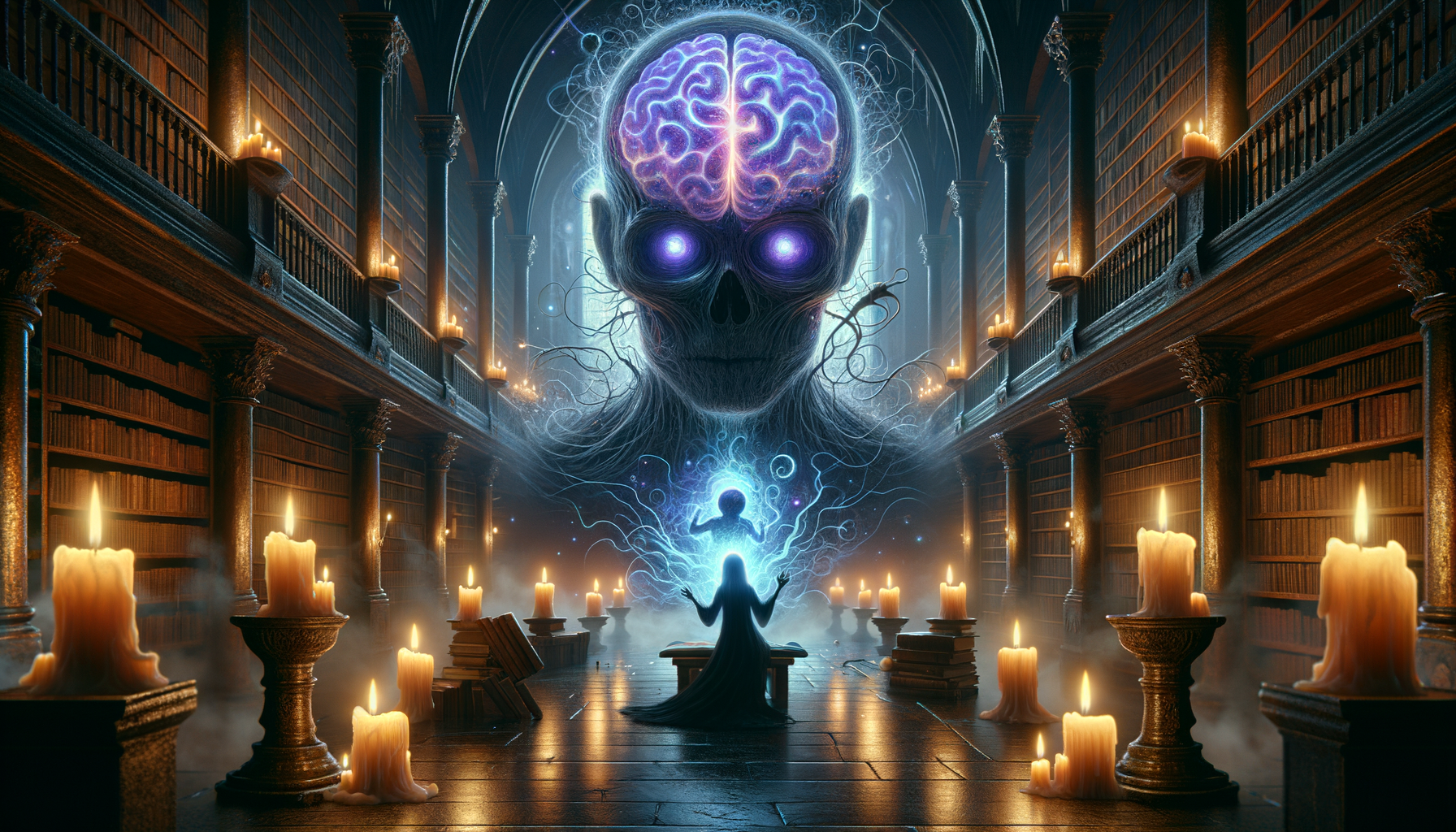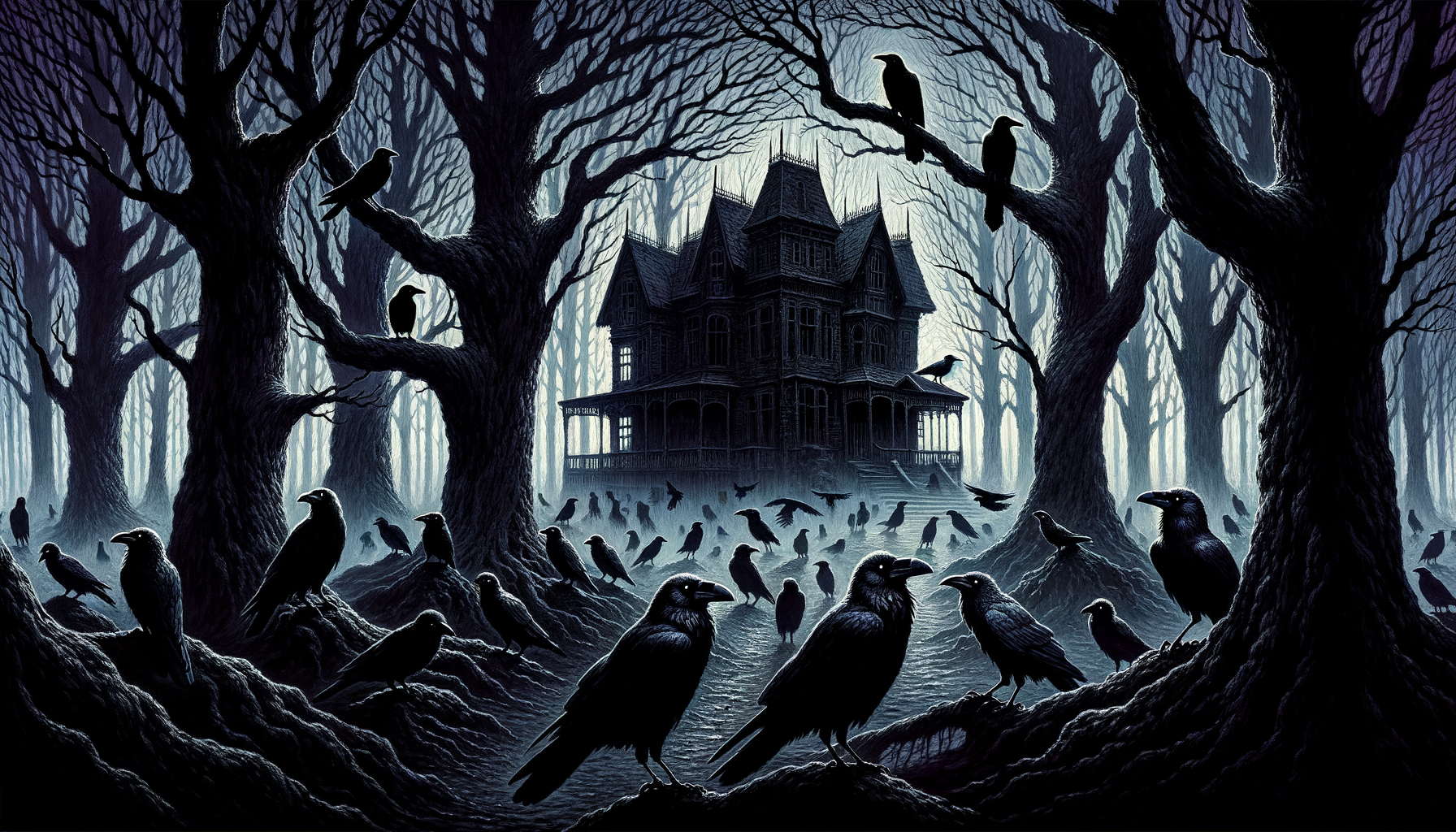Did you know that Dracula, Bram Stoker’s 1897 masterpiece, isn’t just a classic novel but the cornerstone of modern vampire lore? From the blood-sucking aristocrats of literature to their seductive counterparts in pop culture, Dracula’s influence is undeniable. Imagine a world where vampires don’t fear garlic or crucifixes! Let’s dive into Dracula’s world and see how this iconic character has molded our understanding of vampires. What you’ll uncover might surprise you!
The Origins of Dracula: Historical and Literary Context
Let’s dive into the fascinating world of Bram Stoker’s “Dracula,” a novel that made its grand debut in 1897. This book didn’t just appear out of nowhere; it had some intriguing historical and literary roots. For starters, Stoker drew inspiration from the chilling tales of Vlad the Impaler, a historical figure known for his brutal methods of punishment. Vlad’s real-life cruelty and the rich tapestry of vampire folklore from Eastern Europe provided a dark, fertile ground for Stoker’s imagination.
Before “Dracula” hit the shelves, the literary scene had already seen a few vampire stories, but none had captivated the public quite like Stoker’s creation. After its release, the novel not only redefined the vampire genre but also left a lasting mark on literature as a whole. It set a new standard for horror and supernatural fiction, influencing countless works that followed.
Dracula’s Characteristics: Setting the Standard for Vampires
So, what makes Dracula such an iconic vampire? Let’s break it down. Physically, he’s got that insatiable bloodlust and immortality, which are now vampire staples. But it’s not just about drinking blood and living forever; Dracula oozes charm and sophistication, making him both terrifying and irresistibly alluring.
Stoker infused his creation with gothic and supernatural elements that added layers of depth to Dracula’s character. The eerie, atmospheric settings and the sense of impending doom are hallmarks of the gothic genre that Stoker mastered. When you compare Dracula to earlier vampire representations in literature, it’s clear that Stoker’s version is more complex and multidimensional, setting a new standard for how vampires are portrayed.
Cultural Impact: Dracula in Film and Media
Dracula didn’t stay confined to the pages of a book for long. Early film adaptations like “Nosferatu” in 1922 and Bela Lugosi’s portrayal in the 1931 film brought Dracula to life on the big screen. These adaptations were crucial in cementing Dracula’s place in popular culture.
As cinema and television evolved, so did Dracula. Modern adaptations have taken creative liberties, reimagining the character in various ways while staying true to his core essence. Iconic portrayals, from Christopher Lee’s menacing version to Gary Oldman’s complex interpretation, have left an indelible mark on how we envision Dracula. Each portrayal has added new dimensions to the character, keeping him relevant across generations.
Dracula’s Legacy: Shaping Modern Vampire Lore
Dracula didn’t just influence individual works; he shaped the entire vampire genre. Many of the common vampire tropes we see today, like the avoidance of sunlight and vulnerability to stakes, can be traced back to Stoker’s novel. These elements have become so ingrained in vampire lore that it’s hard to imagine the genre without them.
Popular vampire series like “Buffy the Vampire Slayer,” “Twilight,” and “The Vampire Diaries” owe a debt to Dracula. These modern tales continue to draw inspiration from Stoker’s creation, whether it’s the brooding, misunderstood vampire or the eternal struggle between good and evil. Even today, authors and creators find new ways to reinterpret and pay homage to Dracula, ensuring his legacy lives on.
Dracula’s Psychological and Symbolic Influence
Beyond the blood and fangs, Dracula serves as a powerful symbol. He embodies fear, desire, and the unknown, tapping into our deepest psychological elements. The allure of the dark and forbidden aspects of vampires speaks to universal human experiences and emotions.
Dracula also reflects societal fears and fascinations. Whether it’s the fear of the foreign and unknown or the allure of eternal youth and power, Dracula encapsulates themes that resonate across different cultures and eras. His enduring appeal lies in his ability to mirror our own anxieties and desires, making him a timeless figure in literature and popular culture.
Conclusion
Dracula’s legacy extends far beyond its pages, influencing countless aspects of vampire lore and popular culture. From the classic image of the aristocratic vampire to the complex, tormented souls we see today, Dracula’s imprint is indelible. Ready to delve deeper into Bram Stoker’s chilling world? Whether you’re a horror aficionado or a curious soul, the story of Dracula and his profound influence on vampire lore awaits you. Don’t just read—immerse yourself in the timeless and enthralling realm of Dracula!



